 Achievements
AchievementsThe FERTIMANURE Soil-Crop Nutrition Tool revolutionizes agricultural fertilization by producing tailor-made fertilisers (TMFs). It calculates the ideal blend of manure, Bio-Based Fertilisers (BBFs) and mineral fertilisers to meet the precise nutrient needs of specific crops and soils.
By considering variables like soil fertility, regulations, and cost, FERTIMANURE TMF provides actionable insights for optimal resource allocation. It generates bespoke fertilizer prescriptions for individual soil-crop dynamics, enhancing soil quality and promoting sustainable practices.
FERTIMANURE TMF embodies a significant advancement in precision agriculture, empowering farmers to cultivate crops while protecting the environment.
The DSS is a stand-alone application developed in a visual software environment named Analytica by Lumia. The tool aims to be used by tailored for end-users such as farmers looking for sustainable for managing the produced manure. The DSS tool could help farmer to make well-informed decisions regarding what FERTIMANURE pilot they could use for an specific BBF production.
The tool specifically integrates data on farm manure production, application surface area, pilot treatment capacity, life cycle environmental performance, and economic considerations such as capital and operational costs (CAPEX and OPEX). In summary, the FERTIMANURE project's DSS represents a significant advancement in the field of agricultural sustainability, offering a comprehensive solution for optimizing BBF production through informed decision-making and data-driven strategies.
The objective of this tool is to easily compare a product to the RCE 2019/1009 requirement to validate its possible placing on the European market. According to this new regulation, to be authorized, a product must be 1) made of authorized components (CMC), and 2) meet the regulatory requirements defined according to the functionality of the product (PFC). The tool is designed to study these two aspects of the regulation.
The logistic model aims to analyze the consequences of adopting nutrient recovery strategies in livestock-dense areas throughout Europe. It utilizes a linear algebraic framework, drawing from the Spatial Mathematical Programming Multi-Agent Manure Allocation Model (MAM), to assess the effects of innovative nutrient recovery technologies on manure management, offering an alternative to conventional mineral fertilizers.
This model recognizes that manure from different animal species has unique nutrient profiles suitable for application to fields, adhering to the specific fertilization needs and constraints of various crops. These nutrient levels can be modified through management practices like manure separation, biological treatment, and nutrient recovery technologies. Additionally, the model allows for the exchange of processed manure between stakeholders. Its goal is to minimize the costs related to manure management and fertilization at a municipal level, ensuring compliance with crop-specific requirements and constraints while accounting for manure production.
Unlock the Power of FERTIMANURE’s Innovative Tools – Download Yours Today